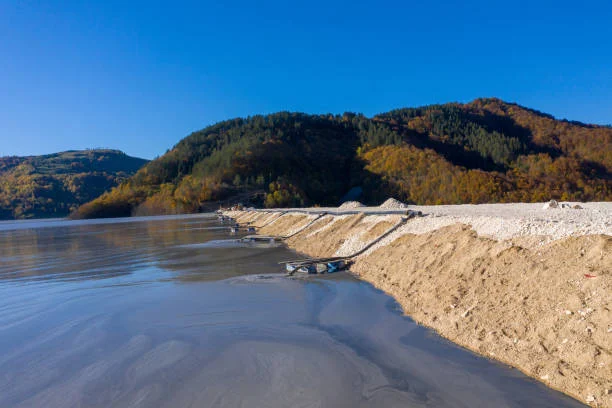
Introduction
In the gold mining industry, cyanide is widely used in the extraction process due to its effectiveness in dissolving gold from ores. However, the presence of cyanide in tailings poses significant environmental and safety risks. As a result, the development and implementation of efficient Cyanide Removal processes are of utmost importance. This article explores various cyanide removal processes employed in treating Gold Tailings, aiming to provide a comprehensive understanding of the available techniques.
Alkaline Chlorination Method
Principle
The alkaline chlorination method is one of the most commonly used processes for cyanide removal. In this method, chlorine-based oxidants are added to the tailings slurry under alkaline conditions. The chlorine reacts with cyanide ions (CN-) to form less toxic products. The reaction occurs in two main stages. In the first stage, cyanide is oxidized to cyanate (CNO-), and in the second stage, cyanate is further decomposed into nitrogen gas, carbon dioxide, and other harmless substances.
Advantages
High Efficiency: It can effectively reduce high concentrations of cyanide in gold tailings to meet regulatory discharge limits.
Widely Applicable: Suitable for a wide range of tailings with different cyanide concentrations and compositions.
Well - Established Technology: The process is well - understood, and there is extensive industrial experience in its application.
Disadvantages
Corrosive Reagents: Chlorine - based oxidants can be corrosive to equipment, leading to higher maintenance costs and shorter equipment lifespan.
Toxic By - products: During the reaction, there is a risk of generating toxic by - products such as chlorine gas if the process is not properly controlled.
High Chemical Consumption: Requires a relatively large amount of chlorine - based oxidants, which can increase operating costs.
Case Study
A gold mine in used the alkaline chlorination method to treat its cyanide - containing tailings. By carefully controlling the pH of the tailings slurry at around 10 - 11 and adding an appropriate amount of bleaching powder (a common chlorine - based oxidant), the total cyanide content in the tailings was reduced from an initial concentration of 200 mg/L to less than 0.1 mg/L after treatment. The treated tailings met the local environmental discharge standards.
INCO Process (Sulfur Dioxide - Air Process)
Principle
The INCO process, also known as the sulfur dioxide - air process, is another important cyanide removal technology. In this process, sulfur dioxide and air are introduced into the tailings slurry in the presence of a copper catalyst. The sulfur dioxide is oxidized to sulfate, and the oxygen in the air helps in the oxidation of cyanide. The copper catalyst accelerates the reaction rate, turning cyanide into carbon dioxide, nitrogen, and other substances.
Advantages
Lower Chemical Consumption: Compared to some other methods, it requires less chemical input as it utilizes air as an oxidant source.
Reduced Toxic By - products: Generates fewer toxic by - products compared to alkaline chlorination, making it a more environmentally friendly option.
Cost - Effective: Can be cost - effective for large - scale operations due to the relatively low cost of sulfur dioxide and air.
Disadvantages
Catalyst Requirement: The need for a copper catalyst adds complexity to the process. The catalyst needs to be carefully maintained and monitored, and its loss or deactivation can affect the process efficiency.
pH Sensitivity: The process is sensitive to the pH of the tailings slurry. Optimal pH conditions need to be maintained for efficient cyanide removal, usually in the range of 8 - 9.
Slower Reaction Rate: The reaction rate is relatively slower compared to some other oxidation processes, which may require larger reaction vessels and longer residence times.
Case Study
A large - scale gold mining operation in implemented the INCO process. By installing a dedicated reaction system for introducing sulfur dioxide and air, and carefully controlling the copper catalyst dosage, they were able to reduce the cyanide concentration in their tailings from 150 mg/L to less than 50 mg/L. This met the industry - accepted weak - acid dissociable (WAD) cyanide level requirements for tailings disposal.
Biological Treatment Methods
Principle
Biological treatment of cyanide - containing gold tailings involves the use of microorganisms such as bacteria and fungi. These microorganisms can metabolize cyanide as a source of nitrogen or carbon. For example, certain bacteria can convert cyanide to ammonia through enzymatic reactions. The overall process is a complex series of biochemical reactions where the microorganisms break down the cyanide molecule under specific environmental conditions such as appropriate temperature, pH, and nutrient availability.
Advantages
Environmentally Friendly: Biological treatment is a more sustainable option as it does not introduce additional harmful chemicals into the environment.
Low - Cost: Once the microbial culture is established, the operating costs can be relatively low as the microorganisms can self - replicate and utilize natural nutrients.
Selective Treatment: Some microorganisms can selectively target cyanide, leaving other valuable minerals in the tailings undisturbed.
Disadvantages
Slow Process: Biological processes generally have slower reaction rates compared to chemical oxidation methods. This may require large - scale bioreactors and long treatment times.
Sensitivity to Environmental Conditions: Microorganisms are highly sensitive to changes in temperature, pH, and the presence of other toxic substances in the tailings. Even slight variations can disrupt the microbial activity and reduce the effectiveness of cyanide removal.
Startup Complexity: Establishing a stable and efficient microbial culture for cyanide degradation can be challenging. It requires careful selection and acclimatization of the appropriate microorganisms.
Case Study
A gold mine in experimented with a biological treatment system. They used a specially designed bioreactor filled with a consortium of cyanide - degrading bacteria. After a long - term operation and continuous optimization of the environmental conditions in the bioreactor, they were able to reduce the cyanide concentration in the tailings from 80 mg/L to around 10 mg/L. However, this process required several months of startup and adjustment to achieve stable performance.
Tailings Washing and Pond Stripping (WPS) Process
Principle
The WPS process consists of two main steps: tailings slurry washing and pond or tank stripping of cyanide. In the washing step, counter - current high - rate thickeners are used to wash the tailings slurry. This helps in removing a significant amount of cyanide - containing solution from the tailings. The thickener overflow, which contains cyanide, is then subjected to pond or tank stripping. In the stripping process, the cyanide - rich solution is exposed to air or other stripping agents. The cyanide, in the form of hydrogen cyanide gas, is stripped from the solution and can be recovered or further treated. The stripped water can be recycled back to the washing stage, which helps in water balance management.
Advantages
Resource Recovery: The process allows for the recovery of cyanide, which can be recycled back to the leaching process, reducing the overall cyanide consumption in the mine.
Water Management: By recycling the stripped water, it helps in managing the water balance in the mining operation, reducing the need for fresh water intake and minimizing wastewater discharge.
Utilization of Existing Infrastructure: The WPS process can often utilize existing plant infrastructure such as thickeners and process water ponds, reducing the need for major capital investments.
Disadvantages
Complexity in Operation: The process involves multiple steps and requires careful control of parameters such as washing efficiency, stripping rate, and water recycling ratios.
Cyanide Recovery Efficiency: The efficiency of Cyanide Recovery can be affected by factors such as the initial cyanide concentration in the tailings, the quality of the washing and stripping operations, and the presence of other interfering substances.
Odor and Safety Concerns: The stripping process may release hydrogen cyanide gas, which has strong odor and is highly toxic. Proper safety measures need to be in place to prevent gas leakage and ensure the safety of workers.
Case Study
A gold mining company in implemented the WPS process. By retrofitting their existing thickeners for enhanced washing and constructing a covered pond for cyanide stripping, they were able to achieve a cyanide recovery rate of up to 70%. The recovered cyanide was successfully recycled back to the leaching circuit, reducing their cyanide purchase costs by a significant amount.
Conclusion
The removal of cyanide from gold tailings is crucial for environmental protection and sustainable mining practices. Each of the cyanide removal processes discussed, including alkaline chlorination, the INCO process, biological treatment, and the WPS process, has its own unique advantages and disadvantages. The choice of the most suitable process depends on various factors such as the initial cyanide concentration in the tailings, the composition of the tailings, the available infrastructure, and the cost - benefit analysis. In many cases, a combination of these processes may be required to achieve the most efficient and cost - effective cyanide removal. As the mining industry continues to face increasing environmental scrutiny, continuous research and development in cyanide removal technologies will be essential to ensure a cleaner and more sustainable future.
- Random Content
- Hot content
- Hot review content
- Toxicity Assessment of Sodium Cyanide and Relevant Hazard Prevention Measures
- Ammonium Chloride 99.5% Mining Collector
- Digital Electronic Detonator(Delay time 0~ 16000ms)
- Potassium Permanganate – Industrial Grade
- Sodiumsulfite Technical Grade 96%-98%
- calcium chloride anhydrous for food
- Manganese sulfate
- 1Discounted Sodium Cyanide (CAS: 143-33-9) for Mining - High Quality & Competitive Pricing
- 2Sodium Cyanide 98% CAS 143-33-9 gold dressing agent Essential for Mining and Chemical Industries
- 3Sodium Cyanide 98%+ CAS 143-33-9
- 4Anhydrous Oxalic acid 99.6% Industrial Grade
- 5Oxalic acid for mining 99.6%
- 6Soda Ash Dense / Light 99.2% Sodium Carbonate Washing Soda
- 7Reagent Grade/Industrial Grade Hydrochloric Acid min.31%
- 1Sodium Cyanide 98% CAS 143-33-9 gold dressing agent Essential for Mining and Chemical Industries
- 2High Quality 99% Purity of Cyanuric chloride ISO 9001:2005 REACH Verified Producer
- 3 High-Quality Sodium Cyanide for Leaching
- 4Powdery emulsion explosive
- 5Industry Grade Electron grade 98% Sulfuric Acid H2SO4 Sulphuric Acid Battery Acid Industrial Sulfuric Acid
- 6Colloidal emulsion explosive
- 7sodium hydrosulfide 70% flakes used Mining Industry

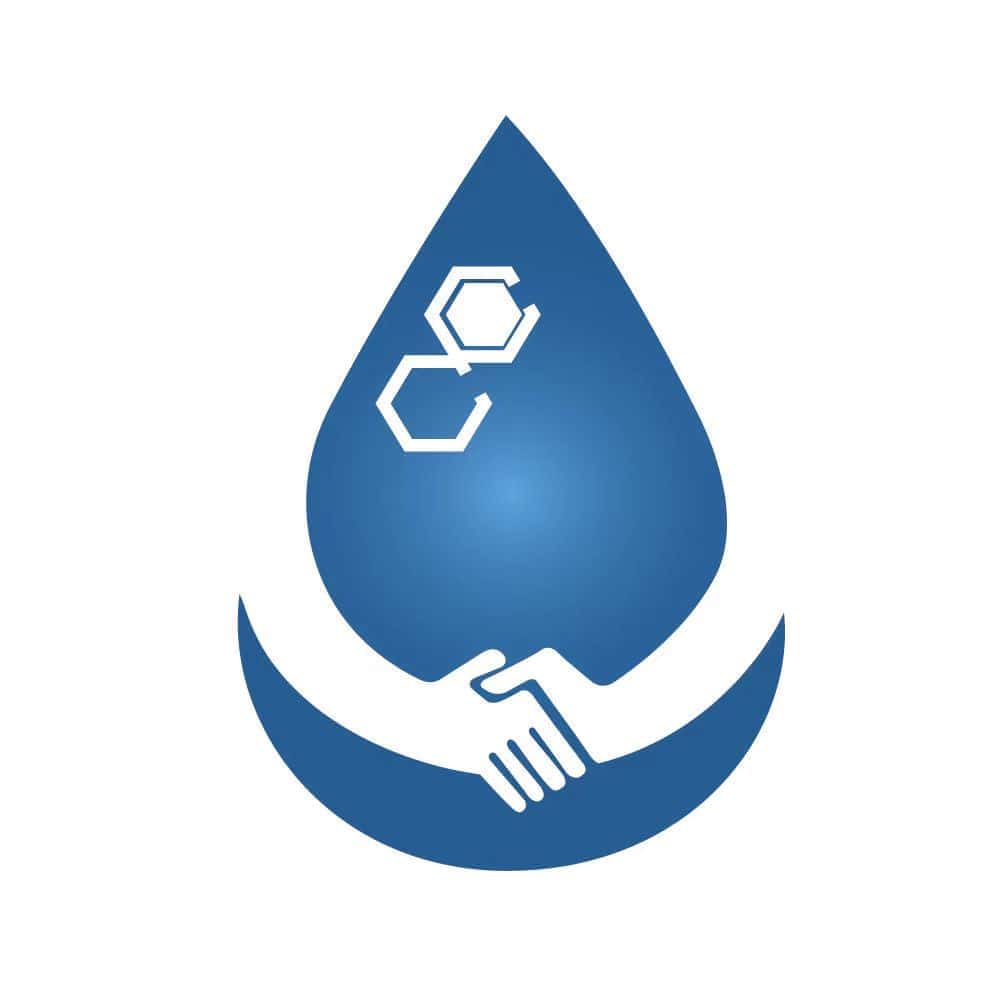
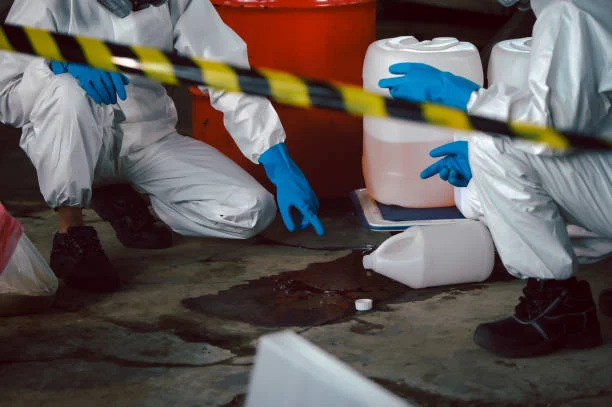
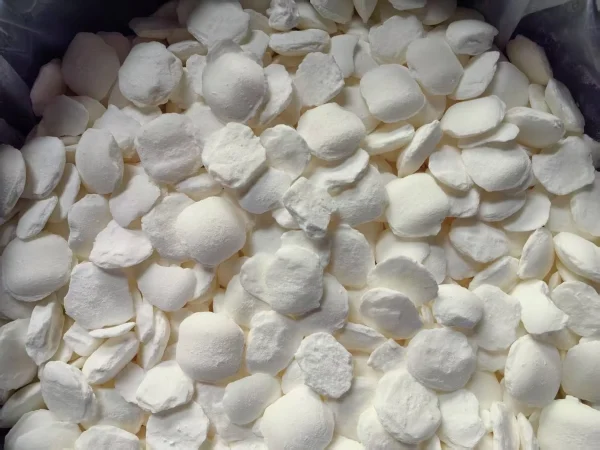
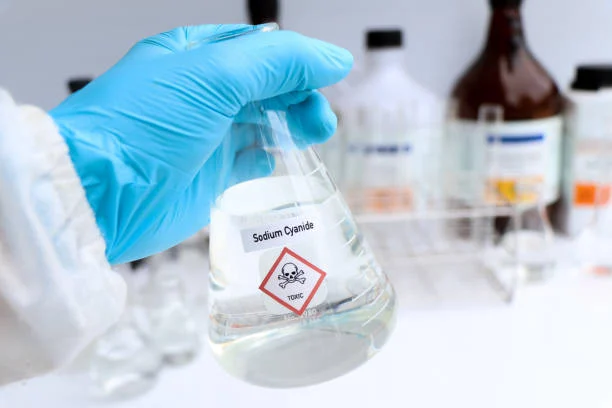
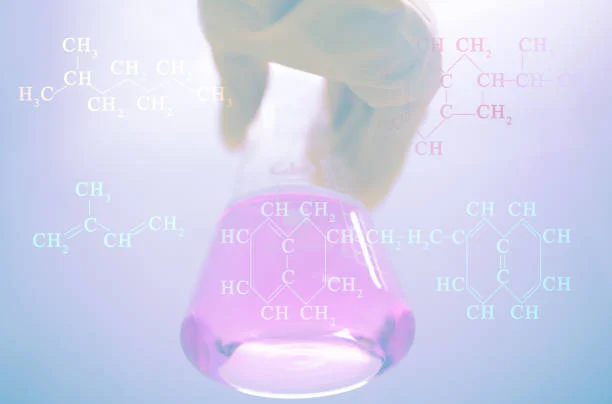

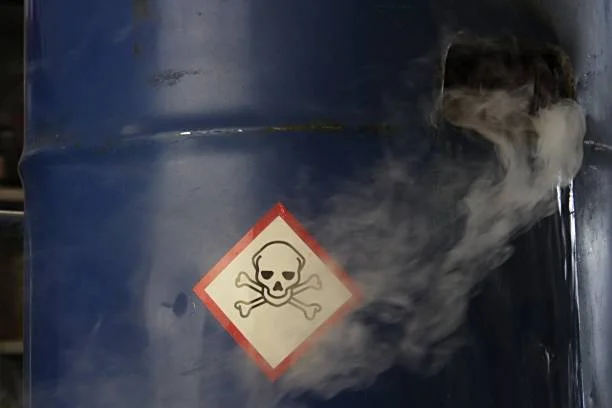



Online message consultation
Add comment: